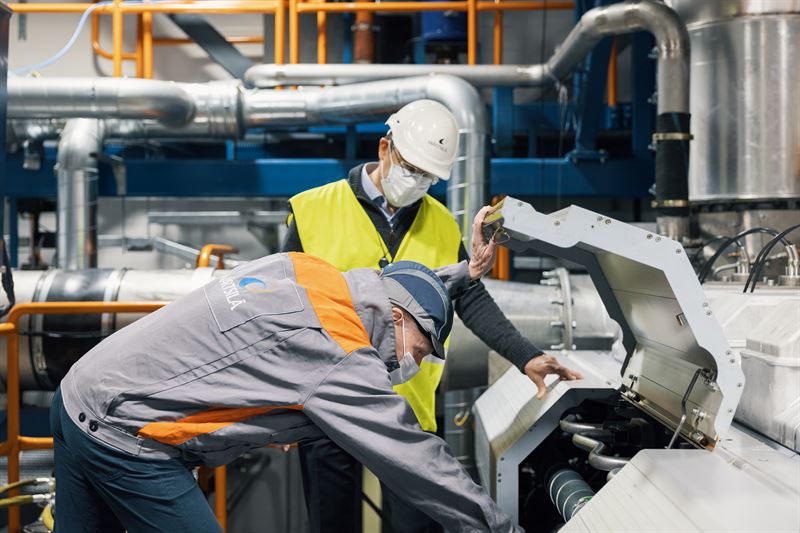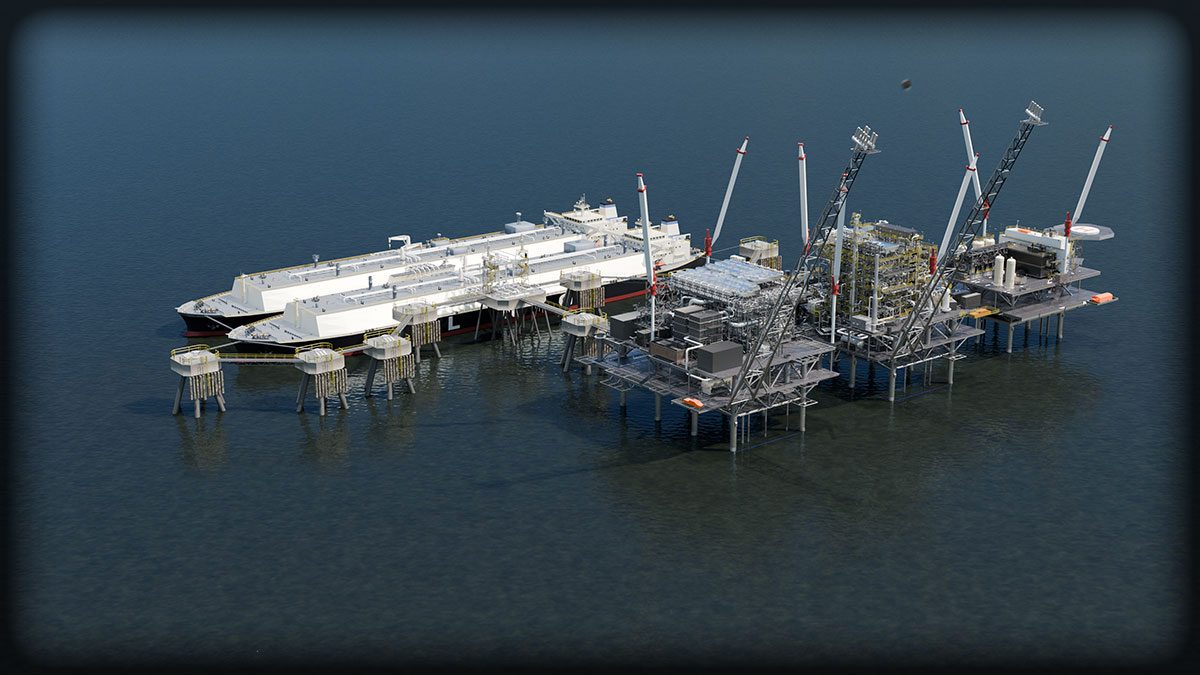Finnish technology group Wärtsilä has recently completed full-scale engine tests using hydrogen and ammonia fuel, describing the tests as key to decarbonizing the energy and marine sectors.
The tests were carried out at Wärtsilä’s engine laboratory in Vaasa, Finland, to assess the optimum engine parameters for running the fuels. The company described the results as “very encouraging,” with one test engine performing very well when running on a fuel with 70% ammonia content at a typical marine load range. Tests were also completed successfully on another engine in pure hydrogen operation.
Testing will continue in the coming years with the goal of defining the most feasible internal combustion engine-based solutions for power plant and marine applications, part of an industry-wide effort to decarbonize marine transport by developing new fuels.
For the energy market, the Wärtsilä is seeking to have an engine and plant concept for pure hydrogen operation ready by 2025, while in the marine market it expects to have an engine running on an ammonia blend by the tne of this year. An engine concept with pure ammonia fuel is also planned for 2023.
Hydrogen and ammonia contain no carbon, meaning they release no CO2 emissions when combusted. In the energy sector, it is anticipated that green hydrogen, which is produced using renewable energy instead of fossil fuels, will deliver 7 percent of the global energy demand by 2050. Ammonia can also be “green” if is made with hydrogen that comes from water electrolysis powered by renewables.
“These are milestone moments in Wärtsilä’s transition to future fuels. Society will have to invest significant amounts into the infrastructure needed to develop green hydrogen, but those investments require market-ready engines that can run on the fuel once it is readily available,” said Håkan Agnevall, CEO of Wärtsilä. “The energy and marine industries are on a decarbonisation journey, and the fuel flexibility of the engines powering these sectors is key to enable the transformation.”
Wärtsilä is also developing ammonia storage and supply systems as part of the?EU’s ShipFC project, as well as planning tests for ammonia in a marine four-stroke combustion engine with customers Knutsen OAS, Repsol Norway and Equinor at the Sustainable Energy Catapult Centre in Stord, Norway, as part of the Demo2000 project.
Mikael Wideskog, Director of Sustainable Fuels and Decarbonisation at Wärtsilä Marine Power, commented: “Wärtsilä is united in its aim of limiting climate change to below 2 degrees, and the development of engines capable of running on future fuels is crucial to that. The International Maritime Organization (IMO) has set a target to reduce total greenhouse gas emissions from shipping by 50 percent by 2050, compared to 2008 levels. In addition, a target has been set to reduce the carbon intensity of shipping by 40 percent by 2030, thus emphasising the need for the rapid introduction of existing and new smart technologies. Our successful engine testing will help us to consider a variety of future fuels and determine the optimum use case for each sustainable fuel.”

 Join The Club
Join The Club











